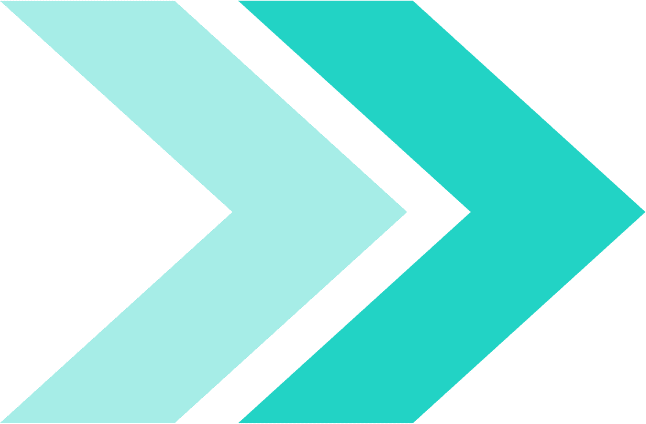Fiber Cement Board Substructure Requirements: Timber vs. Metal vs. Aluminum
Introduction
The substructure is one of the most critical components of any fiber cement façade system. Even the highest-quality board will fail if it is installed on an unsuitable or unstable substructure. Choosing the right system—timber, metal, or aluminum—directly affects durability, flatness, fire performance, and long-term stability.
This guide explains the fiber cement board substructure requirements that every installer, architect, and contractor must know, along with the strengths and weaknesses of each option.
Why the Substructure Matters
Fiber cement boards depend on a rigid, well-aligned, and moisture-resistant substructure. The wrong choice leads to:
- Warping or bending of the boards
- Cracking at joints or screw lines
- Water penetration behind the façade
- Misalignment and uneven surfaces
- Reduced fire rating for the entire façade system
For long-term performance, the substructure must remain dimensionally stable, corrosion-resistant, and compatible with fiber cement’s weight and expansion characteristics.
Timber Substructure for Fiber Cement Boards
Timber is still used in many small-scale or low-budget projects, but it comes with limitations.
Advantages of Timber
- Easy to work with and widely available.
- Lower initial cost.
- Suitable for interior cladding and small non-critical exterior applications.
Limitations of Timber
- Sensitive to moisture, leading to swelling or shrinkage.
- Vulnerable to insects, rot, and decay without proper treatment.
- Causes misalignment issues over time.
- Reduces the fire performance of the system.
- Not ideal for ventilated façade systems.
When Timber Can Be Used
- Small-scale interior partitions.
- Temporary structures where long lifespan is not expected.
- Controlled indoor environments with no moisture exposure.
Summary: Timber is a budget-friendly but unstable option for exterior fiber cement façades and is not recommended for long-term projects.
Metal Substructure (Galvanized Steel)
Metal is a common improvement over timber, often used in many ventilated façade systems.
Advantages of Metal
- Strong and rigid, providing better stability.
- Less affected by temperature changes compared to timber.
- Suitable for both interior and exterior façades.
- Better load-bearing capacity.
Limitations of Metal
- Prone to corrosion if the galvanization is inadequate.
- Heavier than aluminum.
- Requires proper treatment in coastal or high-humidity environments.
- May affect the overall fire class depending on the design.
When Metal Can Be Used
- Mid-rise buildings.
- Residential or commercial buildings with moderate environmental exposure.
- Projects where cost management is crucial but stability is required.
Summary: Metal substructures are a reliable choice but must be well-protected against corrosion to ensure longevity.
Aluminum Substructure for Fiber Cement Boards
Aluminum is considered the premium substructure for high-performance façade systems.
Advantages of Aluminum
- Excellent corrosion resistance, even in coastal areas.
- Lightweight yet very strong.
- Provides precise alignment for a perfectly flat façade appearance.
- Ideal for ventilated façade systems.
- Non-combustible and suitable for fire-rated façades.
- Long lifespan with minimal maintenance.
Limitations of Aluminum
- Higher initial cost compared to timber and metal.
- Requires skilled installers familiar with aluminum profiles.
- Must be paired with high-quality brackets and anchors.
When Aluminum Should Be Used
- High-rise buildings requiring maximum safety and stability.
- Premium commercial or institutional projects.
- Façades exposed to harsh weather conditions.
- Buildings requiring long-term, maintenance-free performance.
- Projects targeting A1 or A2 fire classification.
Summary: Aluminum is the most stable, durable, and professional substructure option for fiber cement boards, especially in ventilated façade systems.
Key Substructure Requirements for Fiber Cement Boards
Regardless of material type, every fiber cement substructure must meet these criteria:
- Sufficient rigidity to support the board weight.
- Perfect flatness to avoid telegraphing or surface irregularities.
- Correct spacing between vertical and horizontal profiles.
- Proper ventilation gap to allow airflow behind the boards.
- Corrosion resistance for exterior environments.
- Compatibility with approved fastening systems.
- Ability to accommodate thermal expansion without warping.
Conclusion
Choosing the right fiber cement board substructure is essential for achieving a durable, stable, and visually consistent façade. Timber may work for limited interior uses, metal offers improved rigidity, and aluminum stands out as the premium, long-lasting solution for professional façades.
For high-performance projects—especially those requiring fire safety, weather resistance, and long-term reliability—an aluminum substructure is the ideal choice.
👉 Visit the Smartfiber Fiber Cement Board page to explore specs, sizes, and delivery options.
Authored by Smartcon Int’l. Trade & Marketing Ltd. on 20.11.2025. All rights reserved.

